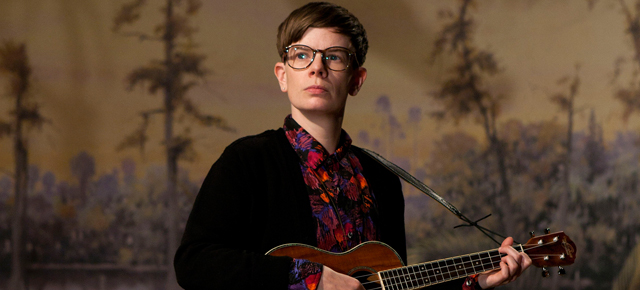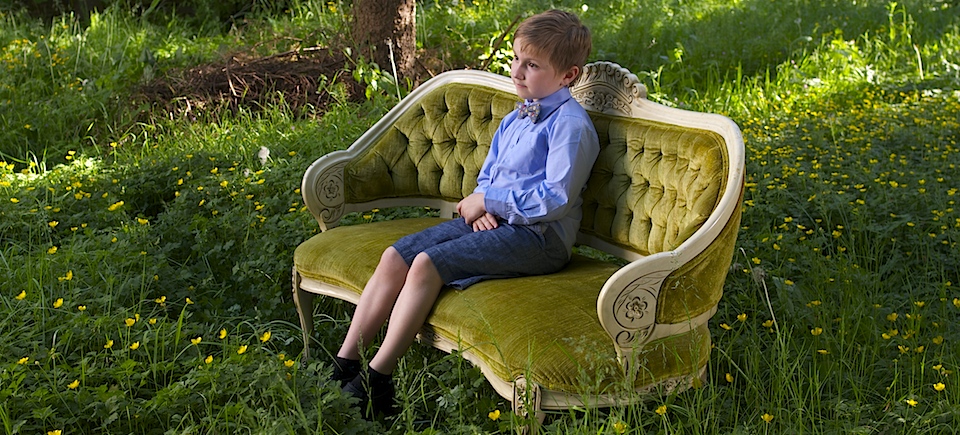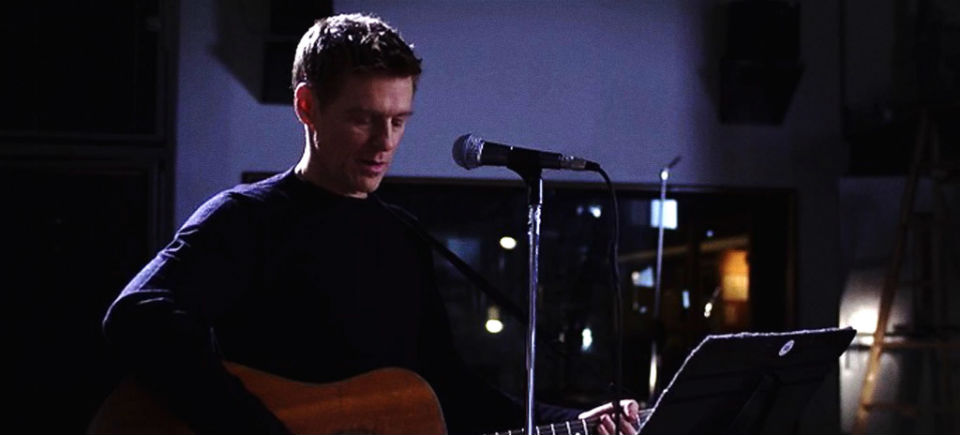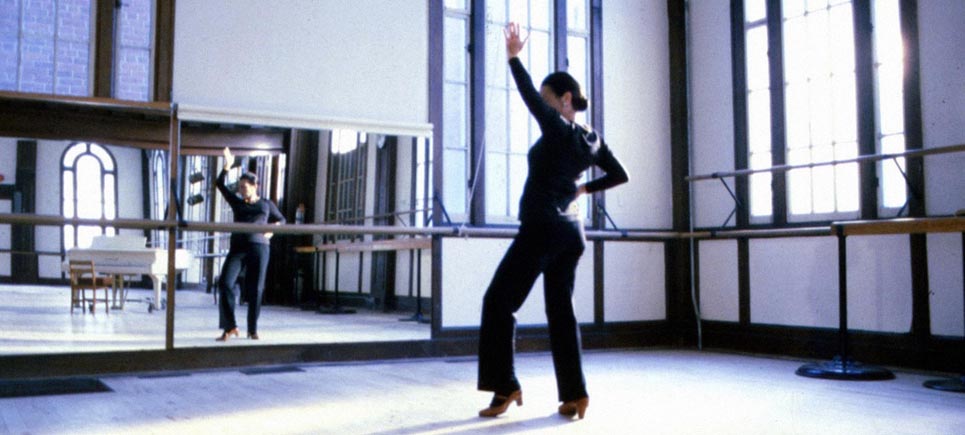
Teaching about gender diversity with My Prairie Home
Teaching about gender diversity with My Prairie Home
This is a guest post written by Shantel Ivits. Shantel Ivits teaches kindergarten to Grade 12 in BC’s New Westminster School District, as well as Adult Basic Education at Vancouver Community College. They also co-organize a volunteer-run low-barrier health and wellness centre by and for trans* and gender diverse people, called the Catherine White Holman Wellness Centre.
***
As a transgender substitute teacher, the first question students invariably ask me when I step into their class is, “Are you a boy or a girl?” The answer is: I’m both.
I’m never surprised by this either/or question. The idea that a person could be both is, by and large, absent from the K–12 curriculum. Furthermore, gender non-conformity is all too often stigmatized in elementary playgrounds and high school hallways. A nationwide survey by Egale Canada found that 74 percent of trans* students reported having been verbally harassed at school, while over one-third reported having been physically harassed or assaulted at school because of their gender expression.[1] I know from lived experience that it’s difficult to imagine a positive future for yourself when the existence of people like you is systemically erased or stigmatized. So it’s hard not to draw a connection between this and the findings of a Trans PULSE study that 47 percent of trans* youth (ages 16–24) in Ontario reported having seriously considered suicide in 2010, with about one in five acting on these suicidal thoughts.[2]
Rae Spoon, a trans musician from Alberta, sings and writes about their experiences living in the precarious but liberating space between genders. These stories are the subject of a brilliant new NFB documentary called My Prairie Home, which is being screened in schools across the country. In addition to its musical and cinematic merits, My Prairie Home represents a prime opportunity to make trans* issues visible in the curriculum and confront the stigma associated with gender diversity.
My Prairie Home, Chelsea McMullan, provided by the National Film Board of Canada
I was excited to be able to contribute to the educator’s guide that accompanies this film. The guide includes reflective exercises that teachers can use to acknowledge and critically examine their taken-for-granted assumptions about how many genders there are, who decides a person’s gender, and whether there are right and wrong ways of enacting gender. This guide also demystifies key concepts related to gender diversity. For example, what’s the difference between sex and gender? Why isn’t being trans* considered a sexual orientation? And what does that asterisk (*) mean? Being fluent in these gender fundamentals empowers educators to create safer and more welcoming learning environments for students of all gender identities and expressions.
To help you teach these topics in informative and interactive ways, the guide presents several classroom activities inspired by My Prairie Home. For example, there’s a mapping exercise for gauging the safety of your school for trans* and gender non-conforming people, followed by an exploration of what it would mean to be an ally in your school. There’s an arts-based lesson on using visualization to build resiliency in tough times. There is also a variety of media literacy activities for analyzing the striking use of imagery and symbolism in the film in relation to themes such as isolation, transition, and coping through music.
I strongly encourage high school teachers to use My Prairie Home as a springboard to dance in the “in-between spaces” and pry open the possibilities of what it can mean to be human.
Download the study guide here.
To access the film, activate your NFB CAMPUS subscription, purchase the film on DVD or download the film on NFB.ca or iTunes.com.
______________________________
[1] Taylor, C. and Peter, T., with McMinn, T.L., Elliott, T., Beldom, S., Ferry, A., Gross, Z., Paquin, S. and Schachter, K. (2011). “Every class in every school: The first national climate survey on homophobia, biphobia, and transphobia in Canadian schools”. Final report. Toronto: Egale Canada Human Rights Trust.
[2] Scanlon, K., Travers, R., Coleman, T., Bauer, G. and Boyce, M. (2010). “Ontario Trans Communities and Suicide: Transphobia is bad for our health.” Trans PULSE E-Bulletin 1(2).




It is problematic for some people that complexity exists. That is why children should be encouraged to consider complexity in relation to all topics, including personal identity. Children are capable of confronting problematic and complex topics when factual information is given. This does not mean crossing obvious lines of decorum. Examining the attitudes currently in existence and challenging stereotypical assumptions is exactly the work that needs to be done with children. Also, we need to challenge the inaccurate assumption that people who do not fit into society’s stereotypical definitions are somehow defective or immoral. Discussing depression, suicidal thoughts, and complex personal identities would be very helpful for all children, many of whom struggle with these issues in their lives, and teachers know how to lead these discussions in age-appropriate ways. Realizing that each individual is unique and needs to be known personally would lead to less discrimination and more acceptance.
Well said Faune. I look forward to the future when gender stereotyping is not the norm. Children are curious and open to learning a more balanced view of others. We are all gifted with varying
m/f attributes. Exploring who we are should be an adventure not a test to see if we can fit in one box or
Hello Joe
If Ivits were to teach that there are two and only two genders, she would be misinforming her students. The scientific fact is that ‘gender’ is a multifactoral element: it includes one’s hormones, one’s chromosomes, one’s primary and secondary sex characteristics, one’s social gender, and one’s gender identiy: that ineluctable sense of yourself as (in your case, I am assuming from your name) ‘male’.
I want all of our children to understand the glorious complexity of gender and not to be misled into the narrow boxes of ‘M’ and ‘F’.
Cisgender folk (those of us whose gender identity is congruent with our genitalia) are initally threatened by the idea that gender is more complex than we’ve been taught. I was. but it is so rich, so interesting, to understand the human variety of gender.
Well, then. As a responsible teacher, I’m sure Ivits will truthfully and accurately teach her students that sex cannot be changed (and will reveal her immutable sex); that intersexed persons are extremely rare and are not a cover story for transgenderism; and that one’s proclaimed gender identity does not override expected protections in private single-sex environments (i.e., no, Johnny, you cannot show your womanly penis to Janey in the girls’ dressing room after you tell everyone you’re really a girl).
I assume that insisting this teacher not propagandize the failed and counterfactual concept of “cisgender” is a lost cause. I assume a discussion of the comorbidity of depression and suicidal impulses among transgendered persons is too advanced for young children.
Really, this is much more problematic than you people want to admit.
Problematic, so just avoid it all together?
It’s about awareness for young people, not about converting them.
You were able to think about and comment on the issue; young people can do the same. They don’t need to jump on board, but they should have an opportunity to contemplate the issue.
You know, Joe, the scenario you imagine with “johnny” wanting to show a “womanly penis” to the other kids in the girls bathrooms is nothing but a figment of your imagination. This never happens. Girls with penises are not proud of their penises and wish they would just go away. Educate yourself more please.